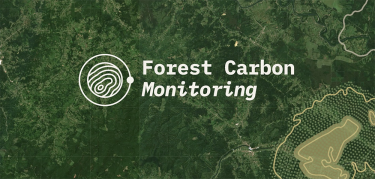Navigating the changing climate: How do forest practitioners implement climate change adaptation measures in forests?

The forest cover is ever more under pressure, a changing climate and loss of biodiversity are two ongoing crises that increasingly threaten our forests. More frequent and more intense natural disturbances, such as storms, wildfires and drought, hamper the ability of forests to deliver the wide range of ecosystem services demanded by society. To tackle this challenge, forest managers and owners have been turning to the concept of climate change adaptation to guide their way to more resistant and resilient forests. But how do forest practitioners implement climate change adaptation measures in forests on the ground and how do these approaches vary in different regions in Europe?
What challenges do they face implementing these measures and where do they see room for improvement? A new Integrate Network study, Challenges & experiences in adapting forest management to a changing climate – a practitioner’s view investigates these questions from the perspective of forest practitioners.
By directly communicating with practitioners, the study actively explores how forest enterprises perceive climate change, the adaptation measures they apply, as well as the challenges they face in their implementation. It also delves into understanding what knowledge sources influence their decision-making. Finally, as biodiversity loss and climate change are two intrinsically linked crises the study examines the interplay between climate change adaptation and biodiversity conservation measures and how forest practitioners perceive their respective importance.
The team would like to thank the Swiss Federal Office for the Environment (BAFU) for funding the study.
The full article was originally published on the Integrate Website.
Photo by Andreas Schuck.


